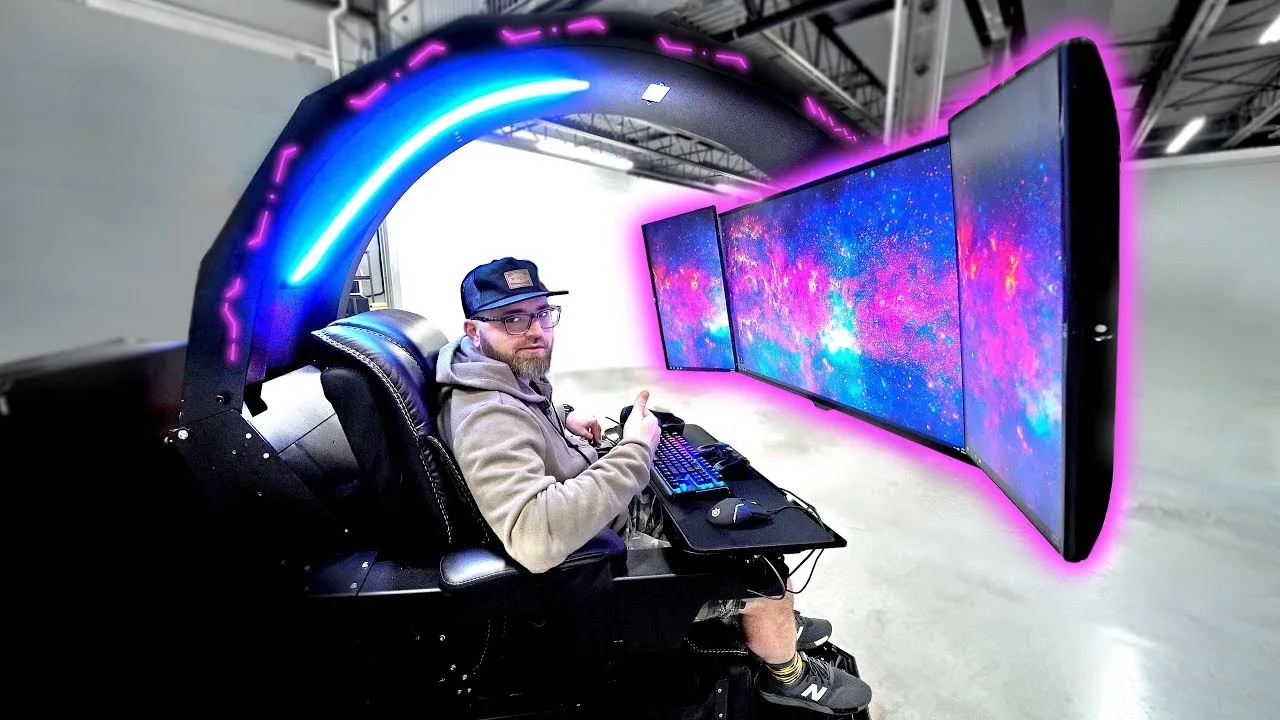
Machine learning capabilities in predicting player preferences depend on data collection methods, algorithm sophistication, and behavioural pattern recognition systems. These prediction models analyze gaming choices, session timing, interaction patterns, and engagement levels to forecast future preferences with varying degrees of accuracy. Advanced algorithms process thousands of data points from individual gaming sessions to identify preference trends that might not be immediately obvious to players. Current prediction systems successfully recommend games and features aligned with demonstrated player interests and gaming habits.
Data collection methods
Modern prediction systems gather information from multiple touch points during gaming sessions to build comprehensive preference profiles. These systems track game selection patterns, session duration preferences, feature utilization rates, and navigation pathways to understand individual player behaviour. Promotional usage patterns from Free Credit No Deposit Mega888 campaigns provide valuable data points for these analytical systems. The technology monitors which games players return to repeatedly, how long they engage with different features, and when they typically start or end gaming sessions. Advanced online casino platforms collect data about device preferences, time-of-day gaming patterns, and seasonal activity fluctuations to enhance prediction accuracy. The systems also analyze interaction speed, menu navigation choices, and response times to different game elements to understand engagement levels across various entertainment options.
Algorithm development approaches
- Neural networks process complex behavioural patterns to identify preference correlations
- Decision trees evaluate multiple preference factors simultaneously for accurate predictions
- Clustering algorithms group players with similar preference patterns for targeted recommendations
- Ensemble methods combine multiple prediction models to improve overall accuracy rates
- Deep learning systems analyze long-term preference evolution patterns over extended periods
These algorithmic approaches create robust prediction systems that account for individual preferences and broader gaming trends. The technology continuously refines its predictions based on player responses to recommendations, improving accuracy over time through feedback loops.
Accuracy limitations
Prediction systems face inherent challenges in accounting for spontaneous preference changes, external influences, and individual mood variations that affect gaming choices. Human behaviour contains unpredictable elements that even sophisticated algorithms cannot always anticipate accurately. Players may suddenly become interested in entirely different game types, or external factors like new releases or social recommendations might override predicted preferences. The technology performs best when predicting short-term preferences based on recent behaviour patterns but becomes less reliable when forecasting long-term preference evolution. Seasonal variations, life changes, and exposure to new gaming concepts can shift preferences in ways that historical data cannot predict accurately.
Implementation benefits
- Personalized game recommendations reduce time spent searching for preferred entertainment options
- Customized interface layouts prioritize features that individual players use most frequently
- Targeted content suggestions introduce players to games they might otherwise overlook
- Optimized loading sequences present preferred games first during platform navigation
- Adaptive difficulty suggestions match games to individual skill levels and challenge preferences
These implementation benefits create more efficient and enjoyable gaming experiences by removing friction from game discovery and feature access while introducing variety that aligns with established preferences.
Future prediction capabilities
Machine learning techniques promise to improve prediction accuracy through advanced pattern recognition and behavioural modelling. These next-generation systems may incorporate biometric feedback, sentiment analysis, and real-time mood detection to enhance preference predictions beyond traditional behavioural data analysis. Integrating broader entertainment preferences from other digital platforms could provide additional context for gaming preference predictions. This expanded data ecosystem might enable more accurate forecasting of preference changes and better suggestions for new gaming experiences that align with overall entertainment interests.




